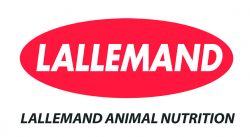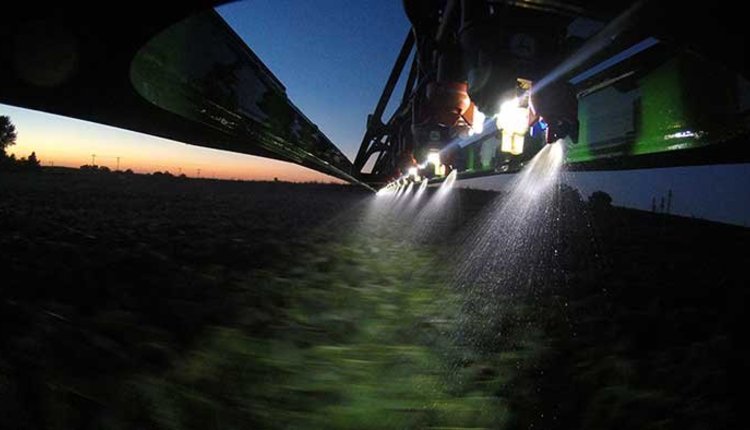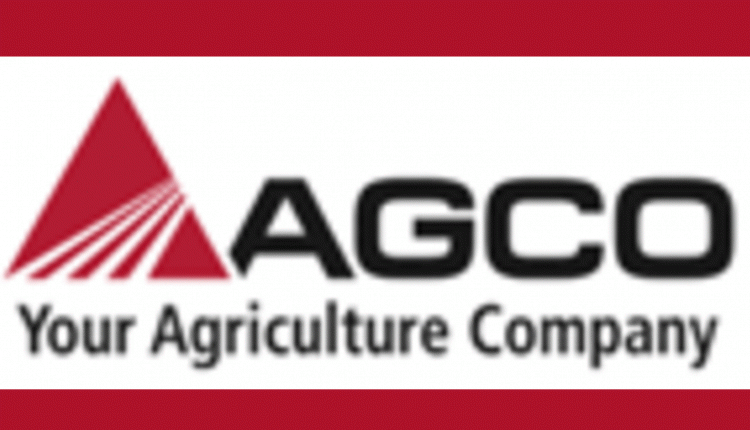The information listed below has been supplied by dairy marketers and other industry organizations. The information provided here has not been edited, verified or endorsed by Hoard's Dairyman.
 Switching from old corn silage to freshly cut, or recently fermented, corn silage can be the cause of a "fall slump" for many dairies. This is a time when production may drop, as often seen across the country.
Switching from old corn silage to freshly cut, or recently fermented, corn silage can be the cause of a "fall slump" for many dairies. This is a time when production may drop, as often seen across the country.

"In the fall, dairy producers often see decreases in milk production, or the inability to reach production targets, when switching from old silage to the new crop," says Bob Charley, Ph.D., Forage Products Manager, Lallemand Animal Nutrition. "This can be accompanied by changes like decreased feed intake or loose manure. Dairy producers simply can't afford to see reduced health and performance because of feed changes - and they shouldn't have to."
The first step in avoiding a fall slump is to understand the potential causes. First, fresh silage may have lower starch digestibility. Especially when harvested above 35 percent dry matter (DM) the starch in corn starts to become less digestible. In addition, there can be normal variances in DM, kernel processing score and nutrient content from one silo to the next, and from one year to the next.
Plus, early fed silages or green chop crops are not "finished products". For example, they can contain high levels of readily fermentable carbohydrates, which can contribute to Sub Acute Ruminal Acidosis (SARA). SARA is a major reason why producers see changes in performance during this time. To avoid a fall production slump, Dr. Charley recommends:
"The high dose rate L. buchneri 40788 technology prevents spoilage yeast growth, keeping the silage stable, preventing mold growth and potentially reducing mycotoxin risks," Dr. Charley said. "Feeding unstable silage can result in decreased production during any time of the year."
Another action to help prevent health changes during the fall includes adding an active dry yeast (ADY) probiotic with the strain Saccharomyces cerevisiae CNCM I-1077, which can help increase pH and fiber digestibility in the rumen. Feed with high levels of fermentable sugars can lower pH levels in the rumen and impair the animal's ability to use the ration efficiently.
"Most producers can't risk their herd's production," Dr. Charley notes. "Fortunately, there are simple - and cost-effective - solutions to keeping production steady through the fall."
Lallemand Animal Nutrition is committed to optimizing animal performance and well-being with specific natural microbial product and service solutions. Using sound science, proven results and knowledge, Lallemand Animal Nutrition develops, manufactures and markets high value yeast and bacteria products ? including probiotics, silage inoculants and yeast derivatives. Lallemand offers a higher level of expertise, leadership and industry commitment with long-term and profitable solutions to move our partners Forward. Lallemand Animal Nutrition is Specific for your success. For more information, please visit www.lallemandanimalnutrition.com.
Return to Industry Buzz.
9.16.2016
- Allowing silage to ensile for at least four months before feeding. As silage spends additional weeks in storage, the starch becomes more digestible;
- Changing silos gradually over a two- to four-week period, increasing the new season material by c. 25% each week;
- Testing new forages for DM, kernel processing score and nutrient content and adjusting the ration as necessary;
- Using a research-proven silage inoculant containing enzymes to help break down plant fiber, which aids in digestibility;
- Use a research-proven active dry yeast (ADY) probiotic that can help optimize rumen function and reduce the risk of dysfunction.
"The high dose rate L. buchneri 40788 technology prevents spoilage yeast growth, keeping the silage stable, preventing mold growth and potentially reducing mycotoxin risks," Dr. Charley said. "Feeding unstable silage can result in decreased production during any time of the year."
Another action to help prevent health changes during the fall includes adding an active dry yeast (ADY) probiotic with the strain Saccharomyces cerevisiae CNCM I-1077, which can help increase pH and fiber digestibility in the rumen. Feed with high levels of fermentable sugars can lower pH levels in the rumen and impair the animal's ability to use the ration efficiently.
"Most producers can't risk their herd's production," Dr. Charley notes. "Fortunately, there are simple - and cost-effective - solutions to keeping production steady through the fall."
Lallemand Animal Nutrition is committed to optimizing animal performance and well-being with specific natural microbial product and service solutions. Using sound science, proven results and knowledge, Lallemand Animal Nutrition develops, manufactures and markets high value yeast and bacteria products ? including probiotics, silage inoculants and yeast derivatives. Lallemand offers a higher level of expertise, leadership and industry commitment with long-term and profitable solutions to move our partners Forward. Lallemand Animal Nutrition is Specific for your success. For more information, please visit www.lallemandanimalnutrition.com.
9.16.2016








